Explainer: Why is the simultaneous launch of three Iranian satellites significant?
By Ivan Kesic
Iran has successfully sent three more indigenous satellites into space, continuing its phenomenal progress in the science and technology arena despite numerous hurdles.
For the first time on Sunday, Iran simultaneously put three satellites – Mahda, Keyhan-2 and Hatef-1 – into orbit with the Simorgh (Phoenix) satellite launch vehicle developed by the defense ministry.
Sunday’s successful launch of multiple satellites for the first time, with a record altitude of 1,100 km, was carried out with Simorgh, which has the reputation of being the country’s largest satellite carrier.
It came roughly a week after the Islamic Revolution Guards Corps (IRGC) successfully launched the indigenous Sorayya satellite with a Qaem-100 carrier rocket, setting a record altitude of 750 km.
Importantly, these satellite launches have come ahead of the 45th anniversary of the victory of the 1979 Islamic Revolution, highlighting the galloping march of Iran's burgeoning space program.
New footage shows the successful launch of three Iranian satellites Mahda, Payam, and Hatef, into an 1110-kilometer orbit using the Simorgh satellite carrier. pic.twitter.com/DOsrFunkpY
— Press TV (@PressTV) January 28, 2024
Which satellites were launched?
The three satellites launched on Sunday are Mahda, Hatef-1 and Keyhan-2, and they were placed at an apogee (max. altitude) of 1,100 km and a perigee (min. altitude) of 450 km.
Mahda is a research satellite designed, manufactured, assembled and tested at the Iranian Space Research Center (ISRC), a subsidiary of the Ministry of Communications and Information Technology.
Weighing 32 kilograms, it is a lightweight satellite developed to test advanced satellite subsystems, and its main task is to assess the performance of the Simorgh carrier in multiple launches of space cargo in a low Earth orbit (LEO), according to the Defense Ministry statement.
Other tasks of Mahda include examining the performance of the satellite carrier and evaluating new satellite designs and the reliability of indigenous Iranian technologies in space.
Hatef-1 and Keyhan-2 nano-satellites, both weighing less than 10 kg, were designed and developed for launch by Iran Electronics Industries (IEI), a state-owned subsidiary of the Defense Ministry.
Keyhan-2 is developed for space-based positioning and it has status determination and control subsystems to aim stably and precisely toward the Earth.
Hatef-1 seeks to prove the use of narrowband communication technology in the Internet of Things (IoT).
Video shows Iranian satellite carrier Simorgh being transferred to its launch pad to carry Mahda, Payam, and Hatef satellites into an 1110-kilometer orbit. pic.twitter.com/bHKnBXNNmq
— Press TV (@PressTV) January 28, 2024
What is the Simorgh carrier rocket?
The Simorgh is the largest and most powerful Iranian carrier rocket in terms of dimension and capabilities, designed as a replacement for the older Safir carrier rocket.
It is a three-stage liquid-fueled rocket, 27 meters high and 2.5 meters in diameter, whose four engines of the first stage together generate up to 159,000 kilograms of thrust.
The second stage is similar in dimensions to the older Safir carrier rocket and has four smaller engines, while the final third stage uses solid fuel.
The Simorg concept was presented in 2010 and the first test flight was carried out in 2016, while four more tests were conducted in the following five years.
The launches were semi-successful, with problems in the final stages, but with each new flight progress was made and the system is fully operational today.
A spree of satellite launches
Last week, IRGC’s aerospace division successfully sent the indigenous satellite Soraya into 750 km orbit above the Earth’s surface, setting a new record in terms of altitude.
The launch by a three-stage Qaem-100 carrier rocket lasted 11 minutes and was carried out from the Shahrud Site, a rocket base in the Semnan province of central Iran.
For the first time, three Iranian satellites, Mahda, Payam, and Hatef, were successfully launched simultaneously into an 1110-kilometer orbit by Simorgh Satellite carrier. pic.twitter.com/9o5JKNNx9w
— Press TV (@PressTV) January 28, 2024
In October, IRGC’s aerospace wing successfully put the indigenous satellite Nour-3, also known as Najm, into low Earth orbit (LEO), marking another giant leap for the country’s space program.
President Ebrahim Raeisi hailed the successful launch of the Nour-3 satellite into orbit as both a national success and proof of the failure of the enemy's sanctions and threats.
In the last 16 years, Iran has carried out almost a dozen successful satellite launches by indigenous launch vehicles, with Mahda, Keyhan-2 and Hatef-1 being the latest.
In a statement on Saturday, Iran’s foreign ministry spokesman Naser Kan’ani said scientific and research progress in the field of aerospace is “an inalienable and legitimate right of the nation.”
He dismissed the criticism of the United Kingdom, France and Germany over the launch of the Sorayya satellite as "interventionist", and asserted that Iran does not want permission from certain countries in order to use peaceful technologies for scientific advances.
Hamas hails Gaza’s victory over Israel in genocidal war, its forcing enemy to agree to ceasefire
'Capitulation': Israeli officials and media concede Gaza defeat as truce unfolds
'Gaza has won': Social media users react to ceasefire with mix of relief, joy
Iran seeks South Korea’s assistance for AI, fiber-optic projects
VIDEO | Iran's 'Eqtedar' (Power) maneuver
Israel hits HTS military target in Syria for 1st time since fall of Assad
VIDEO | Press TV's news headlines
Israel has slaughtered 13,000 students in Gaza, West Bank


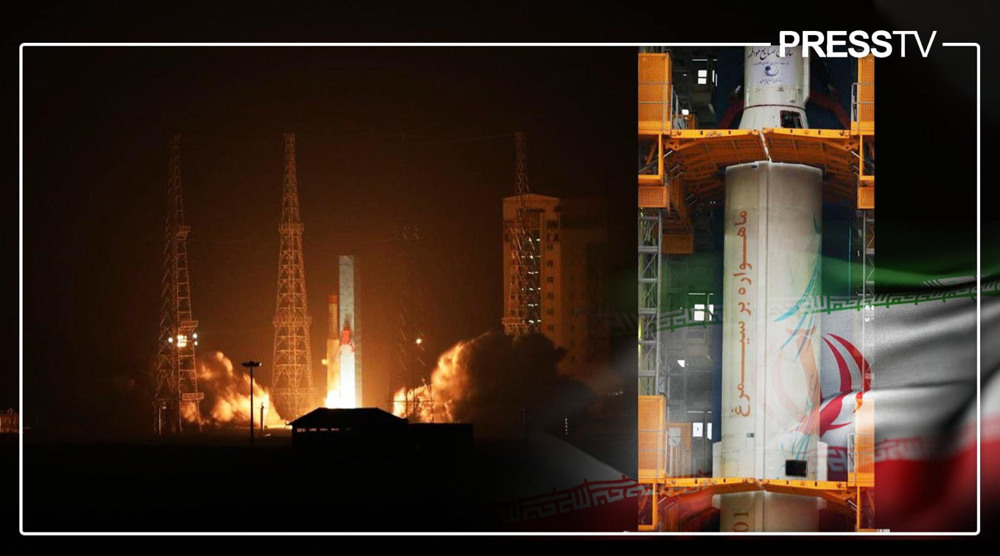






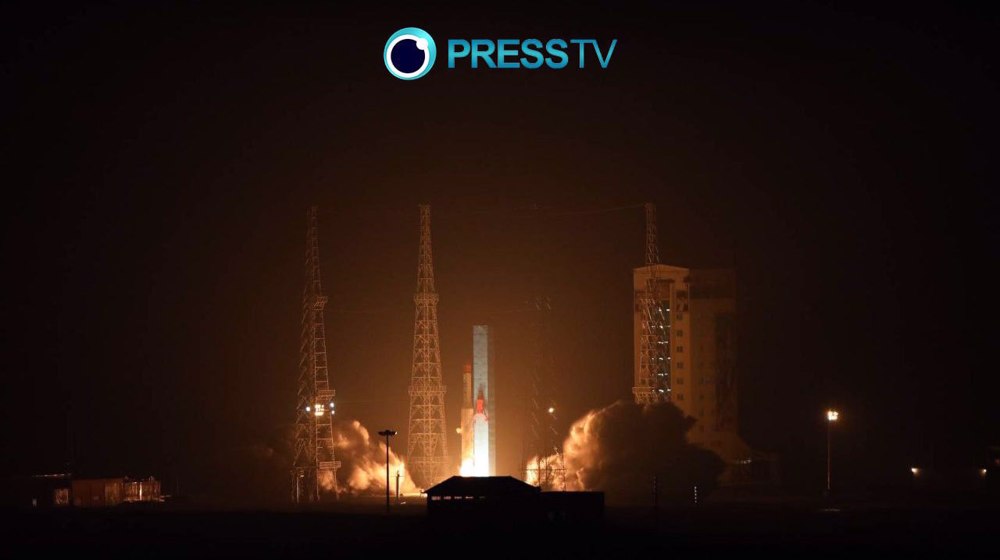
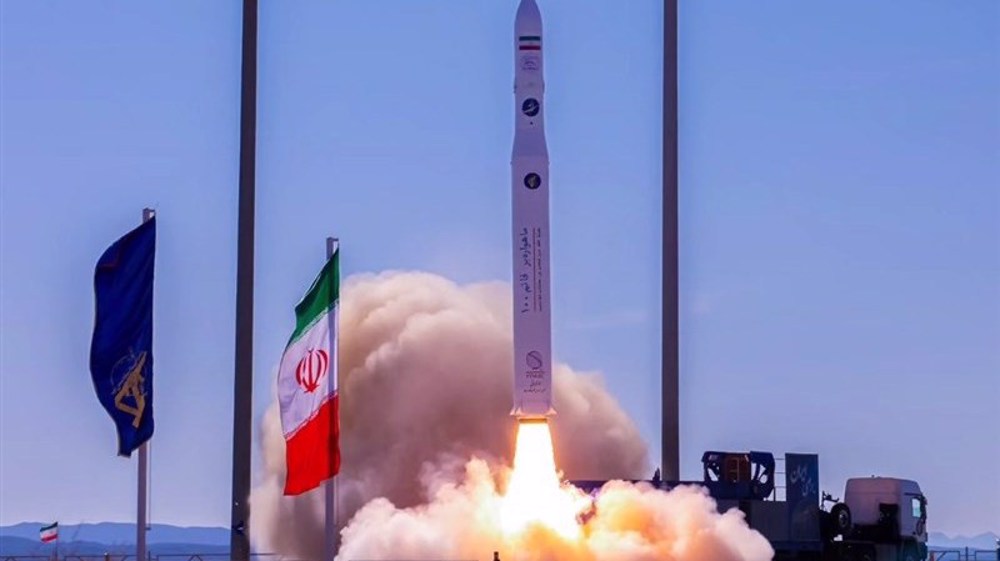
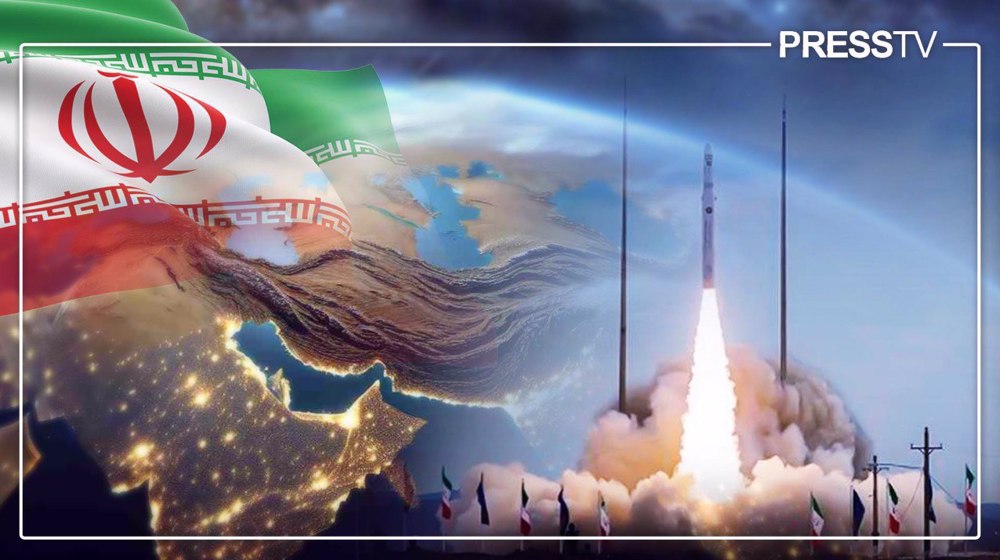

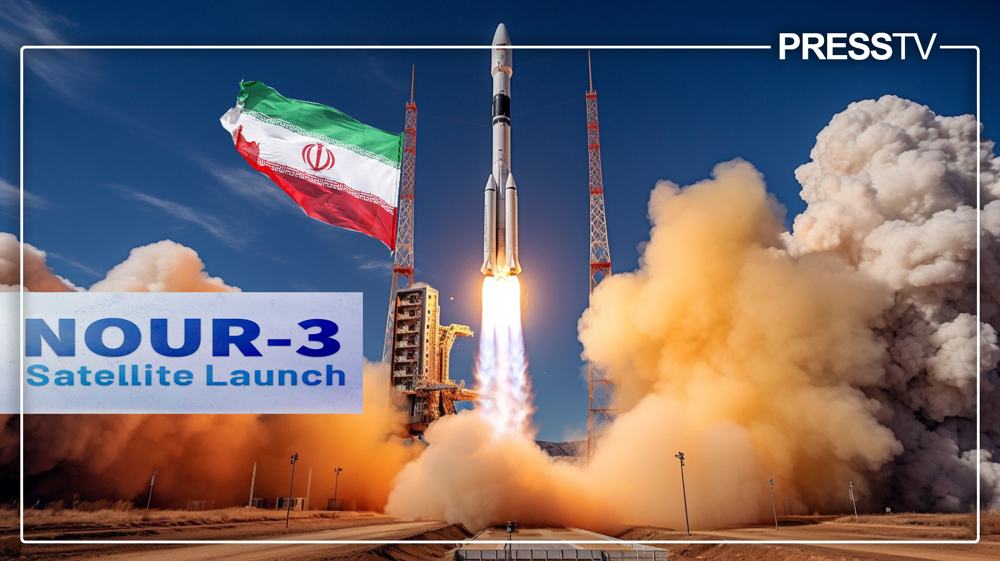

 This makes it easy to access the Press TV website
This makes it easy to access the Press TV website